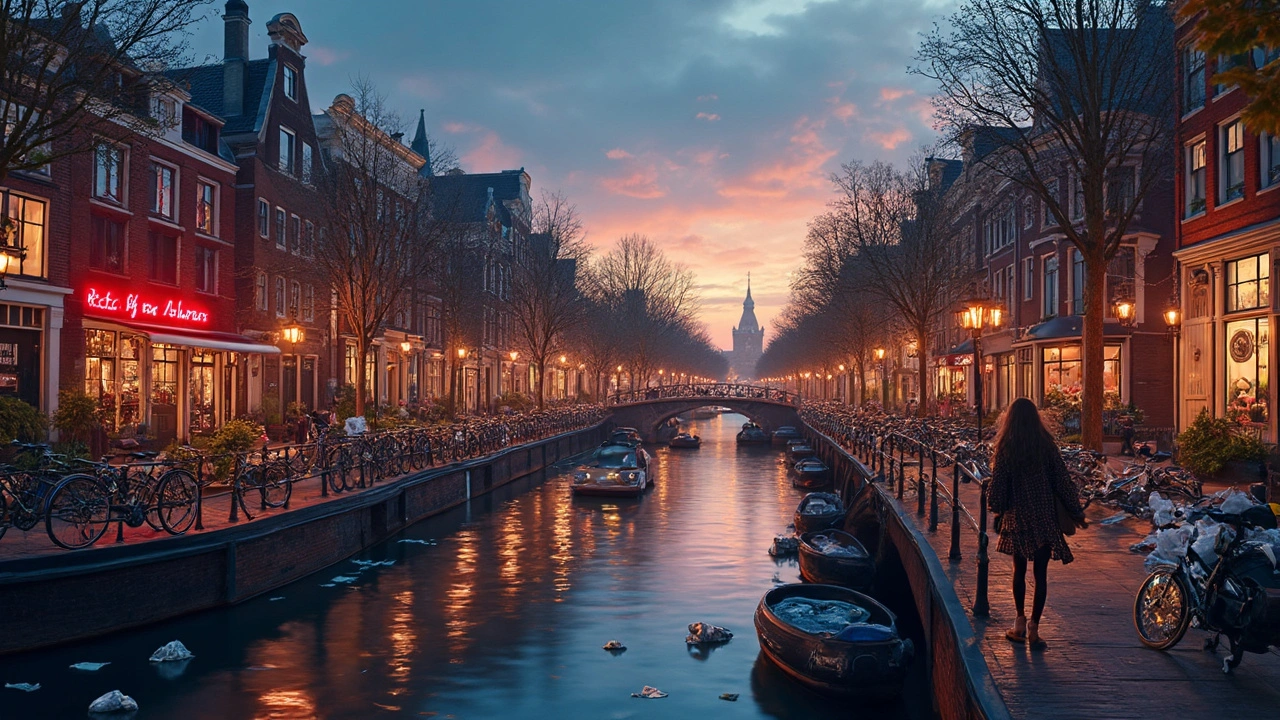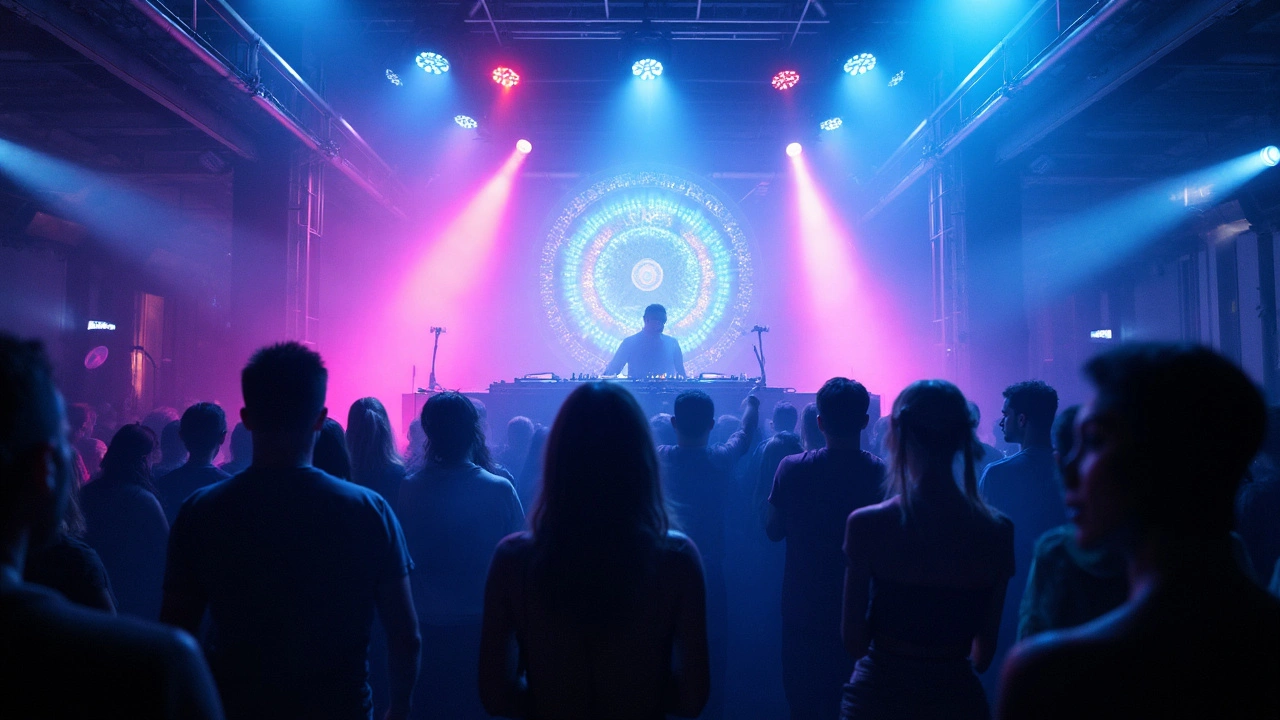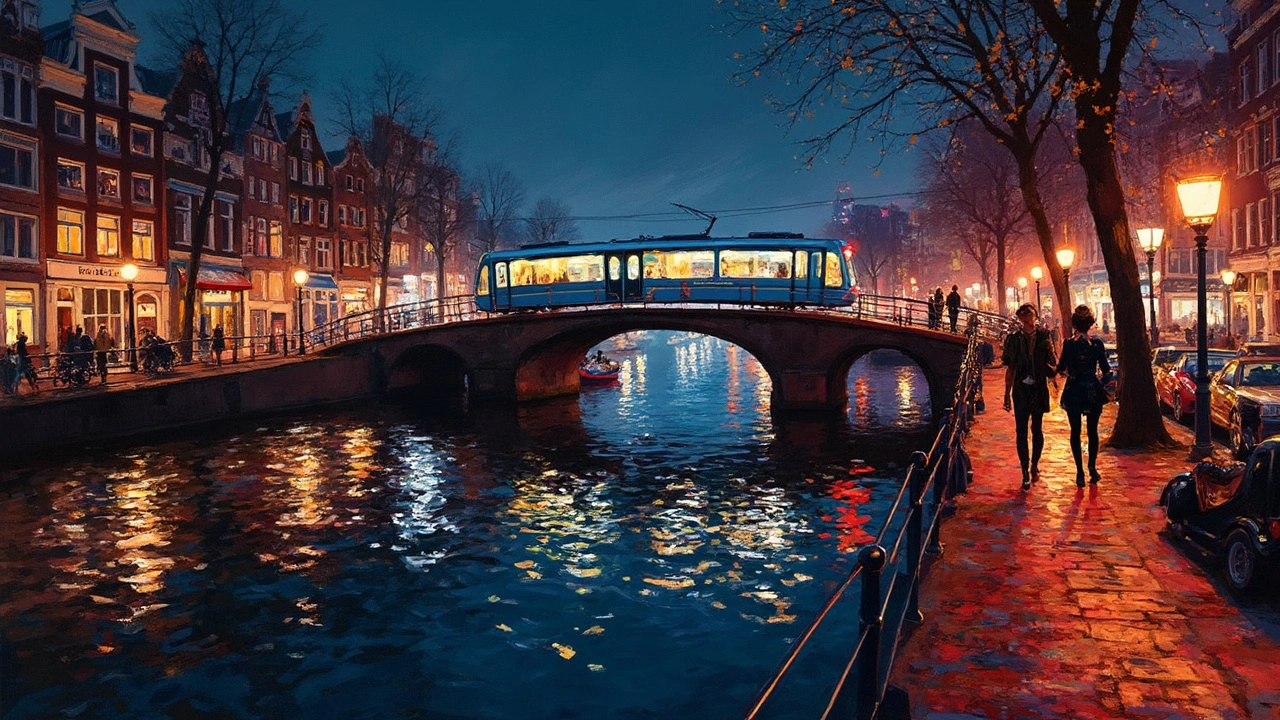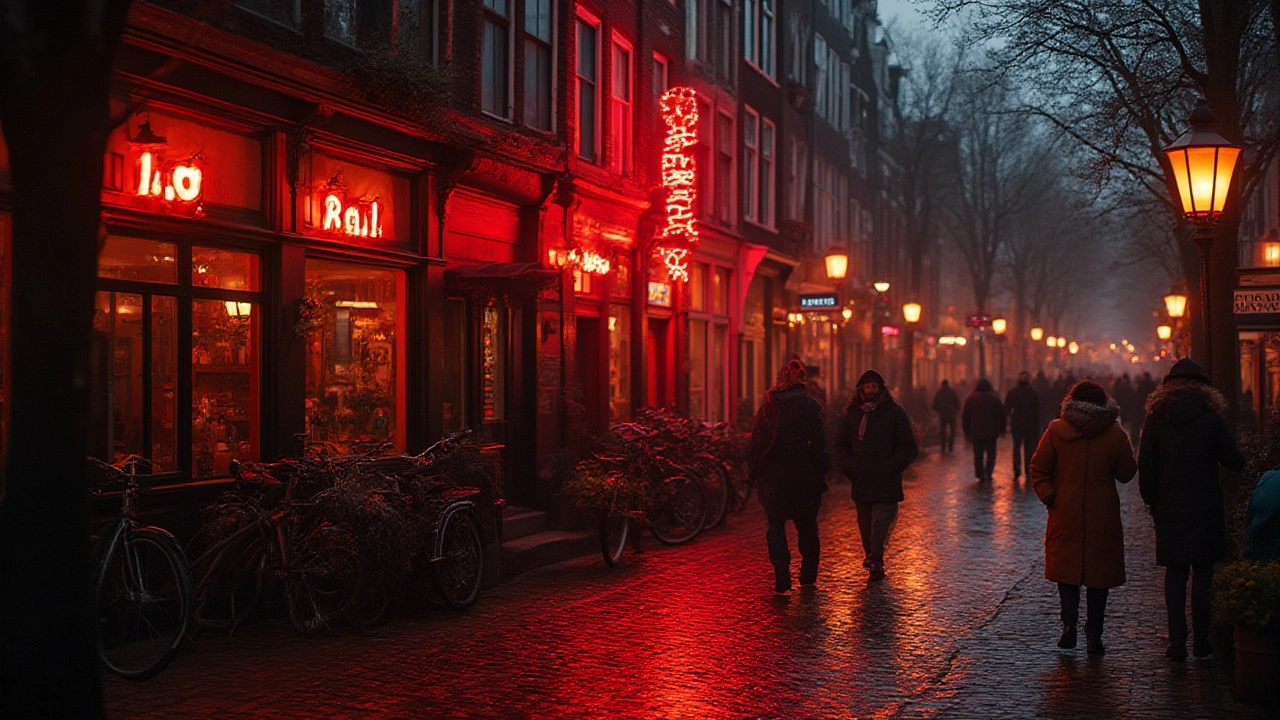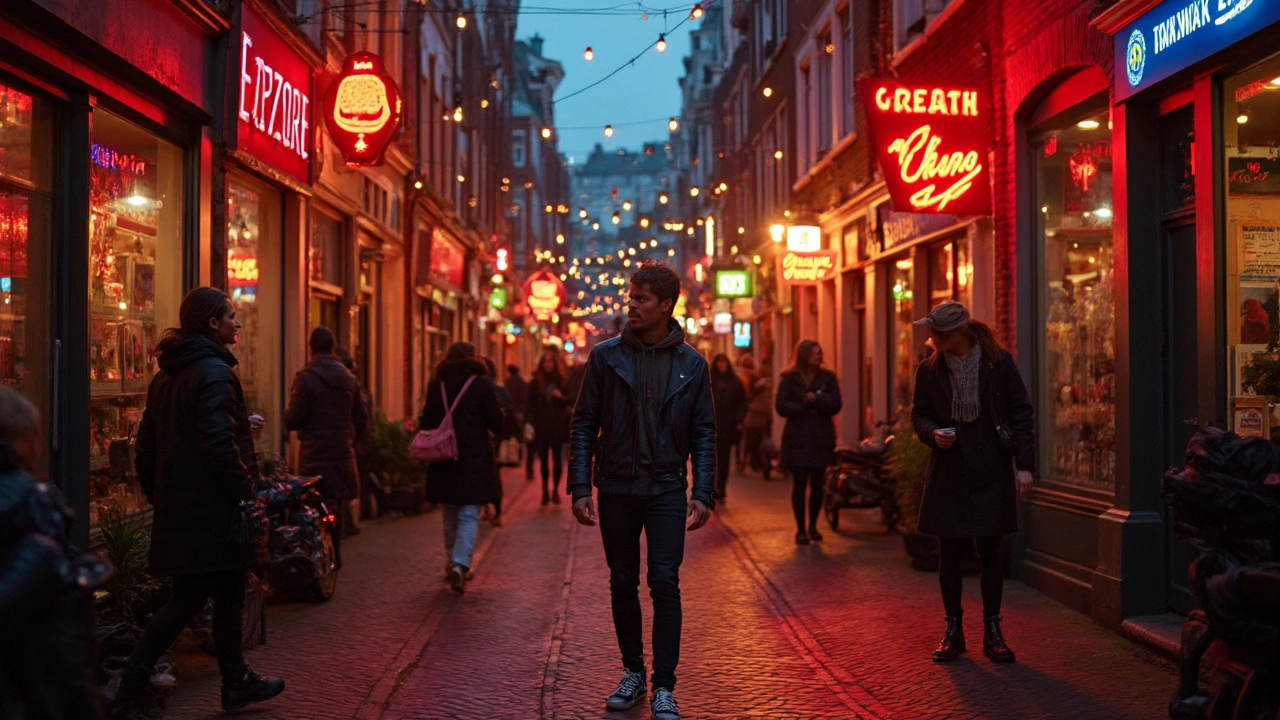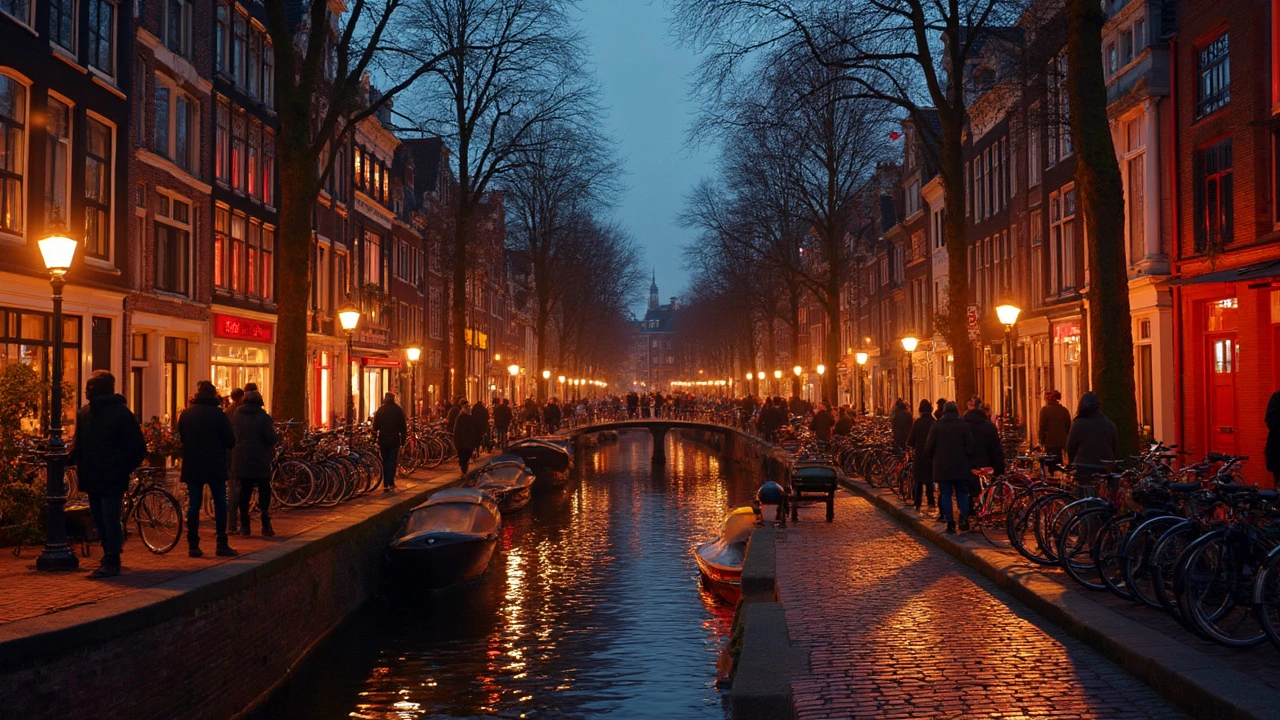
Ask someone what comes to mind when they think of Amsterdam, and odds are the Red Light District will be near the top of their list. This isn’t some hush-hush secret – De Wallen, as the locals know it, sits right in the city’s oldest quarter, and it’s as much a part of Amsterdam as canals, stroopwafels, and flower markets. If you’re booking flights with plans to tick this iconic Amsterdam experience off your list, there’s a good chance you’re both curious and a little nervous. But with some local know-how, you’ll skip the rookie mistakes and see just how layered this controversial district can be.
The Heart of Amsterdam: What Makes De Wallen Unique
De Wallen, Amsterdam’s most famous neighborhood, is not just about neon lights and windows. It forms the oldest part of the city, with its narrow, winding alleys dating back to the 14th century. The cobblestone streets have seen pirates, merchants, migrants, and more art house directors than you can count. At night, the streetlamps set the old canals aglow, while the Oude Kerk (Old Church) stands right at the center — a stone’s throw from some of the world’s best-known red windows.
The area isn’t just for party-seekers or bachelor parties (though you’ll spot plenty). It’s a living neighborhood where people work and raise families, and where history clashes with contemporary culture on every corner. You’ll find bustling sex shops, quirky cocktail bars like Tales & Spirits, and local favorites such as FEBO snack bars and pretty little cheese stores. As odd as it sounds, this unique blend of the profane and the sacred is Amsterdam culture through and through.
During the day, the district has a completely different vibe. Art lovers pop into the Museum Ons’ Lieve Heer op Solder, a 17th-century church tucked in an attic. Curious foodies grab broodjes from tiny bakeries and wash them down with strong Dutch coffee. Walk the Zeedijk, a narrow street known for its Chinatown, legendary jazz bars (try Café Casablanca), and the best dim sum in the city. All this is a stone’s throw from those famous red-lit windows, reflecting just how layered De Wallen really is.
The latest data from Amsterdam Marketing shows around 8.5 million tourists walk through the Red Light District each year. Given this, the city has made big efforts to keep the area safe, clean, and welcoming—but also respectful of locals who live and work here. Open-mindedness is king, but so is consideration for the people making a living in De Wallen.
Understanding the Etiquette: Rules that Matter (and Why)
You’ll spot signs everywhere in De Wallen reminding you of the unspoken golden rules—though some, like the now-legendary “Respect the Sex Workers” campaign, are posted with a wink. Here’s the thing: the women behind those windows are independent entrepreneurs, not tourist attractions. Taking photos is strictly forbidden. Want to get yelled at by a fellow traveler or a bouncer? Snap a pic, and you’ll learn quickly that respect is a language spoken fluently here.
For many first-timers, the world’s oldest profession is something they only know from movies. But in Amsterdam, it’s regulated, legal, and—thanks to the efforts of groups like the Prostitution Information Center—safer than anywhere else in Europe. If you’re curious about how it all works, plan a Red Light Secrets museum visit or pop into the PIC to hear former sex workers tell their own stories. The goal is education, not titillation.
If you’re planning to wander the red-lit alleys, go in with an open mind. The windows are displays, but the people inside aren’t animatronics at Disneyland. Smile, be polite, and don’t loiter too long outside a window if you’re not a customer. Obvious drunken antics are never well received—in fact, Amsterdam has rolled out fines for loutish behavior or public urination in recent years to keep things civil.
Should you want to negotiate, do it discreetly, and don’t try to haggle like you’re in a street bazaar. The price is the price. All legal sex workers in De Wallen are protected by strict health and safety codes, so you can feel confident things are clean and regulated. If you’re not interested in that side of things at all, don’t worry. There’s no pressure—lots of folks come simply to rubberneck and soak up the weird, electric energy. Just be cool about it.
Amsterdam’s Red Light District laws stretch beyond photos. Drinking on the street, making a scene, or trying to strike up off-the-books deals will get you a talking-to (if not a stiff fine) from the city police. They’ve truly mastered the art of blending in, but don’t take them for granted—those uniformed figures are everywhere, always watching.
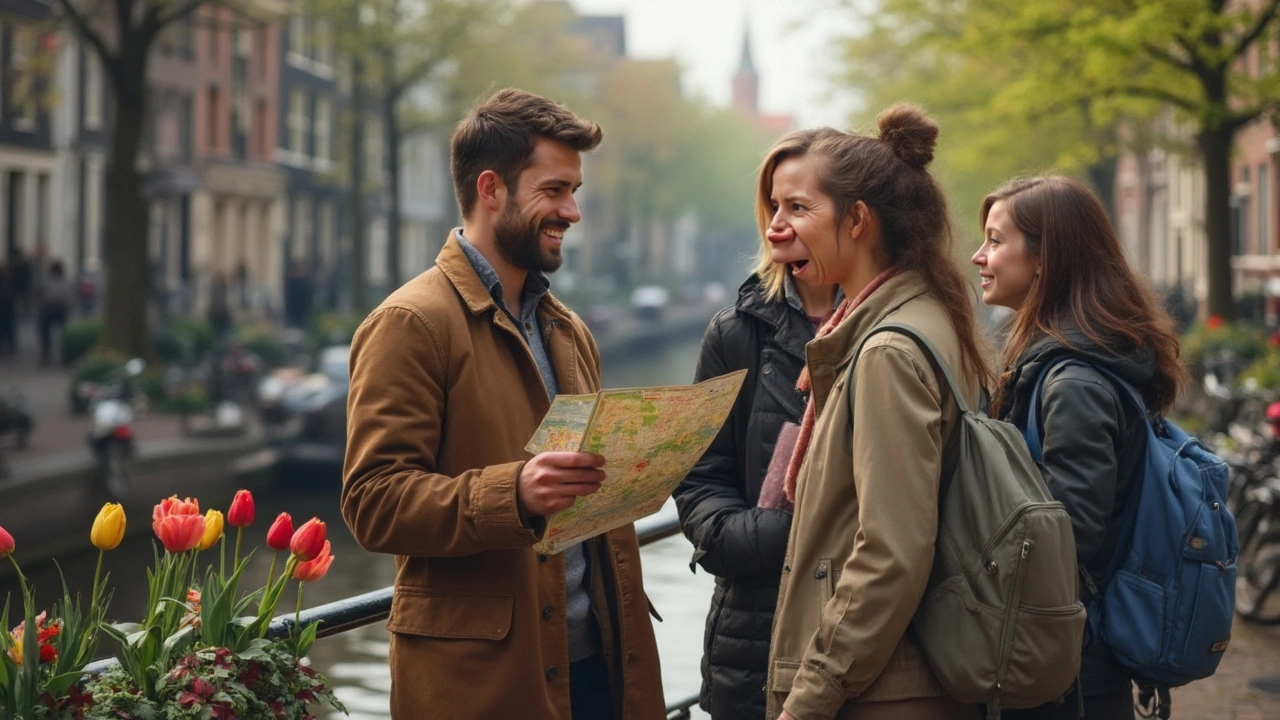
Exploring Like a Local: Experiences Beyond the Windows
Sure, De Wallen is famous for its sex work, but there’s way more to see. Start with the Oude Kerk. It’s Amsterdam’s oldest building, and if you think churches and red lights don’t mix, the sound of organ music drifting out into a neon-lit alley will change your mind. On many afternoons, you’ll stumble into local art shows or impromptu classical concerts—often free, always memorable.
If you love people-watching, perch yourself in one of the cozy old brown cafés like Cafe De Zon or Cafe t' Mandje, a historic LGBTQ+ bar. Order a genever (old-school Dutch gin) or an Amstel, and strike up a chat with a bartender who probably has wild stories about the district’s evolution—for example, how locals came together to save the Oudekerksplein square from turning into another tourist trap.
For the foodies, De Wallen is a playground. You’ll find everything from Indonesian rijsttafel feasts (Café Pacifico) to piping hot fries slathered in Joppiesaus (Manneken Pis). Sweet tooth? Tangy poffertjes dusted with sugar at the market stands are a favorite. Want to escape the noise? The canal-side benches along the Oudezijds Achterburgwal offer some of the best sunset views in Amsterdam Red Light District.
And don’t sleep on the offbeat museums. Red Light Secrets gives you the chance to sit behind a window and hear candid stories. The Erotisch Museum is quirky and cheeky, while Ons’ Lieve Heer op Solder’s secret church offers peace and quiet. Away from the obvious, there’s the Condomerie, the first specialty condom shop in the world, with walls lined in every flavor, shape, and color imaginable—a testament to Amsterdam’s practical, unfiltered approach to sex ed.
Some weeks, you’ll stumble into pop-up events or parades. The Amsterdam Light Festival transforms the whole canal zone into a night-lit wonderland in December and January. In the spring, the King’s Day madness spills over into the Red Light District, with techno parties blending into folk dancing and canalboat parades.
If you’re a fan of true crime or darker history, book a walking tour with companies like FreeDam Tours or GetYourGuide. You’ll hear tales of smugglers, jailbreaks, and queens who ruled the district centuries before Instagram. And if all else fails: the people watching here is world-class. Take your pick from sightseers who’ve flown in from Brazil, business folks on a detour, or locals doing their grocery run at Albert Heijn with selfies in between.
Staying Safe and Savvy: Practical Tips and Local Tricks
Amsterdam’s Red Light District is safer than most people assume, but it pays to stay aware. Pickpockets target distracted tourists, especially on busy summer nights. Keep valuables tucked away in an inside pocket or use a crossbody bag. Locals will spot any out-of-place behavior and, if you’re in distress, don’t hesitate to ask a shopkeeper or barstaff for help—they’re quick to assist.
If you’re new to Dutch weed culture, keep in mind that smoking joints is legal only in licensed coffee shops—nowhere else. Same goes for magic truffles, sold in smartshops but nowhere near the windows. Smoking in public (especially on the bridge or street corners) is a quick way to get a tap on the shoulder from law enforcement.
Are you out late at night and hungry? FEBO’s vending wall means you can grab a hot kroket even at 3am. The district isn’t a ghost town after dark; many mini-markets and late-night snack spots stay open past midnight. Craving something fancier? Late evening sushi at Umi Sushi, or after-midnight pizza at New York Pizza, will fuel your explorations.
Street scams are rare, but if anyone tries to sell you something “special” (especially outside a coffee shop), walk away. Only buy from official shops and coffee shops—those with clear signs, menus, and lots of locals inside. If you see too-good-to-be-true deals, assume they are just that. You’ll also want to keep an eye on your phone and wallet on the tram into Centraal Station late at night.
For those traveling solo, group tours after sunset can be a good way to meet people while staying safe. The streets are generally lively and well-patrolled, but the back alleys can feel dicey at 2am, especially if you’re tipsy. Unlike some party cities, Amsterdam takes night safety seriously—security cameras, police patrols, and shopkeepers all keep an eagle eye on trouble.
Bring cash—most window businesses and some small bars don’t take cards, and ATMs are scattered but busy on weekends. Tap water is safe and free in any café if you ask—but locals are proud of their beer, so you may as well join them. Be sure to keep your phone powered up for Google Maps or Uber in case you wander a little too far past familiar lights.
Here’s a quick look at Red Light District statistics from the official Amsterdam municipality data:
| Aspect | Details |
|---|---|
| Annual visitors (pre-COVID) | Over 8.5 million |
| Number of sex worker windows | ~300 |
| Active coffee shops | ~20 |
| Museums within district | 6 |
| Patrol frequency (per night) | Police presence every 10-15 minutes |
Be smart, be considerate, and when in doubt, just follow the locals’ lead. You’ll leave with stories you actually want to tell your friends back home—and a fresh appreciation for Amsterdam’s wild heart.

